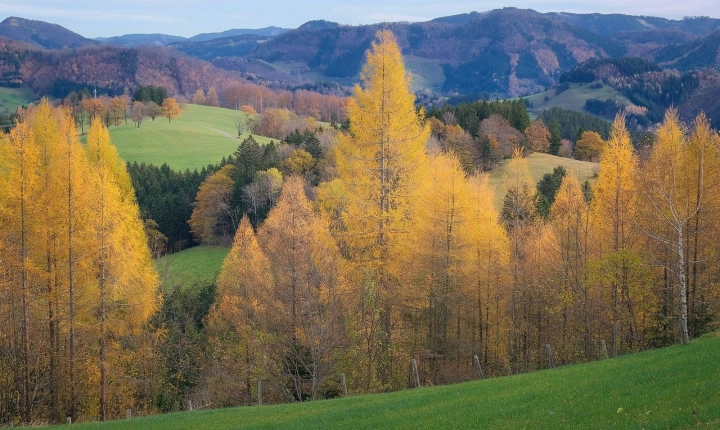How to Tell If Something is Compostable
Composting is an environmentally friendly way to reduce waste and create nutrient-rich soil for gardens and farms. But in order to effectively compost, it’s important to know which items are compostable and which are not. Compostable items are those that can break down into natural, non-toxic elements through the process of composting.
Here are some ways to tell if something is compostable:
1. Look for Compostable Symbols: Many products that are compostable will have a compostable symbol, such as the “compostable” label or the Biodegradable Products Institute (BPI) certification logo. This can be found on packaging, food containers, and other items meant for composting.
2. Check the Material: Compostable items are often made from organic materials such as paper, cardboard, wood, and plant-based plastics like PLA (polylactic acid). These materials can break down naturally over time and are safe to add to a compost pile.
3. Read the Labels: Some items will have labels indicating that they are compostable. Look for clear instructions on how to compost the item, including any specific conditions or time frames required for decomposition.
4. Conduct a Test: If you’re unsure whether an item is compostable, you can conduct a simple test. Place a small sample of the item in a compost pile and observe how it breaks down over time. If the item decays and turns into organic matter, it is likely compostable.
5. Refer to Composting Guidelines: Many local municipalities and waste management companies provide guidelines for composting, including lists of accepted and prohibited materials. Check these resources to determine if an item is suitable for composting.
6. Consider the Environment: Compostable items are designed to break down without leaving behind harmful chemical residues. If an item is made from natural, non-toxic materials, it is likely to be compostable.
7. Beware of Greenwashing: Some products may claim to be compostable without meeting the necessary standards. Look for legitimate certifications and verify the claims made by the manufacturer before adding an item to your compost pile.
It is important to note that not all items labeled as “biodegradable” are suitable for composting. While biodegradable items can break down over time, they may leave behind toxic residues that can harm the environment. It’s crucial to differentiate between items that are certified compostable and those that are simply biodegradable.
By being mindful of these indicators, you can make informed choices about which items to add to your compost pile. Composting not only diverts waste from landfills but also creates a valuable resource for gardening and agriculture. Understanding how to identify compostable items is an important step in promoting sustainability and reducing our environmental impact.
